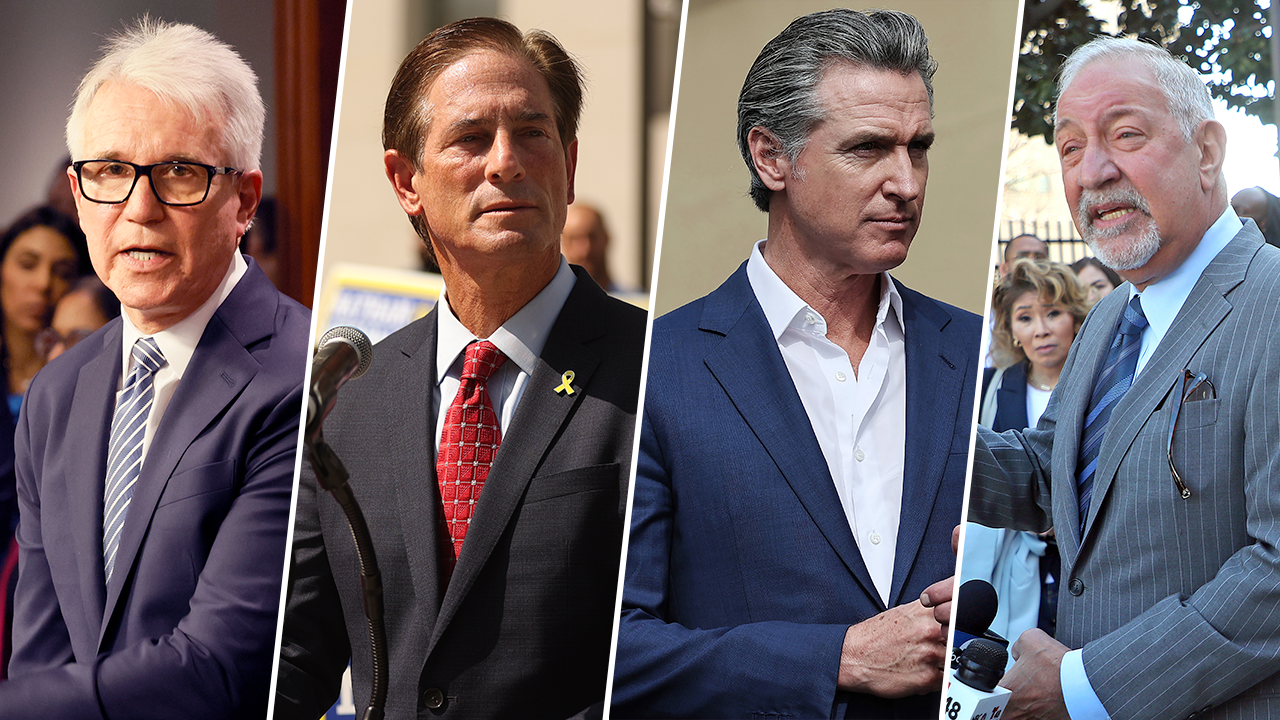New Yorkers rallied again when the Central Park Zoo tried to capture Flaco, circulating a petition to let the bird remain free. And as Flaco mastered the arts of hunting and flying, says Penny Lane, people glimpsed him “essentially become an owl.” They followed an increasingly confident Flaco on his travels from Central Park to the East Village to Riverside Drive. And as David Barrett observed, Flaco had soon “expanded his territory to cover a wide swath of Manhattan,” hooting loudly from the top of 20-story buildings to proclaim his freedom.
At the same time, obsessed Flaco fans scoured the internet to find out more about his past, learning that he hatched on March 15, 2010, at the Sylvan Heights Bird Park in Scotland Neck, N.C. He apparently had younger and older siblings named Gertrude, Salazar, Stan, Morrisey, Boston and Thatcher; and his parents, Xena and Watson, were the offspring, respectively, of Martina and Sinbad, and Nyra and Ezra — owls who traced their lineage back to Eurasian eagle-owls from Europe. The German-born photographer Anke Frohlich noted that some New Yorkers identified with Flaco as a fellow immigrant, another outsider who learned to live as “a stranger in a strange land.”
New Yorkers have had a long love affair with owls, embracing the bird as a traditional symbol of wisdom. There’s a small owl hidden away on Columbia University’s Alma Mater statue, and many public schools from the early 20th century featured owl statuary — most notably, P.S. 110, the Florence Nightingale School, which had some two dozen owl statues perched on its roof.
In recent years, New Yorkers haven’t had to rely on fake owls for their regular owl fix. At the height of the pandemic, a series of real-life owls showed up and coaxed residents out of their Covid hibernation into the restorative air of Central Park. Barry the barred owl touched down in Manhattan in October 2020. She was followed by a young snowy owl who paid a visit to Central Park in January 2021 and, a year later, by Geraldine the great horned owl, who thrived in the park despite having an injured foot.
None of these visitors, however, caught the public imagination the way that Flaco and his story of transformation did. The owl, once described by a frequent zoo visitor as a grumpy and slightly pudgy bird, reinvented himself as New York’s most majestic raptor — the “Prince of the city,” as the dancer Heather Watts put it, who has become a captivating symbol of freedom, resilience and the possibility of renewal.
Michiko Kakutani is the author of the forthcoming book “The Great Wave: The Era of Radical Disruption and the Rise of the Outsider.”
Follow her on X (Twitter): @michikokakutani
And on Instagram: @michi_kakutani






